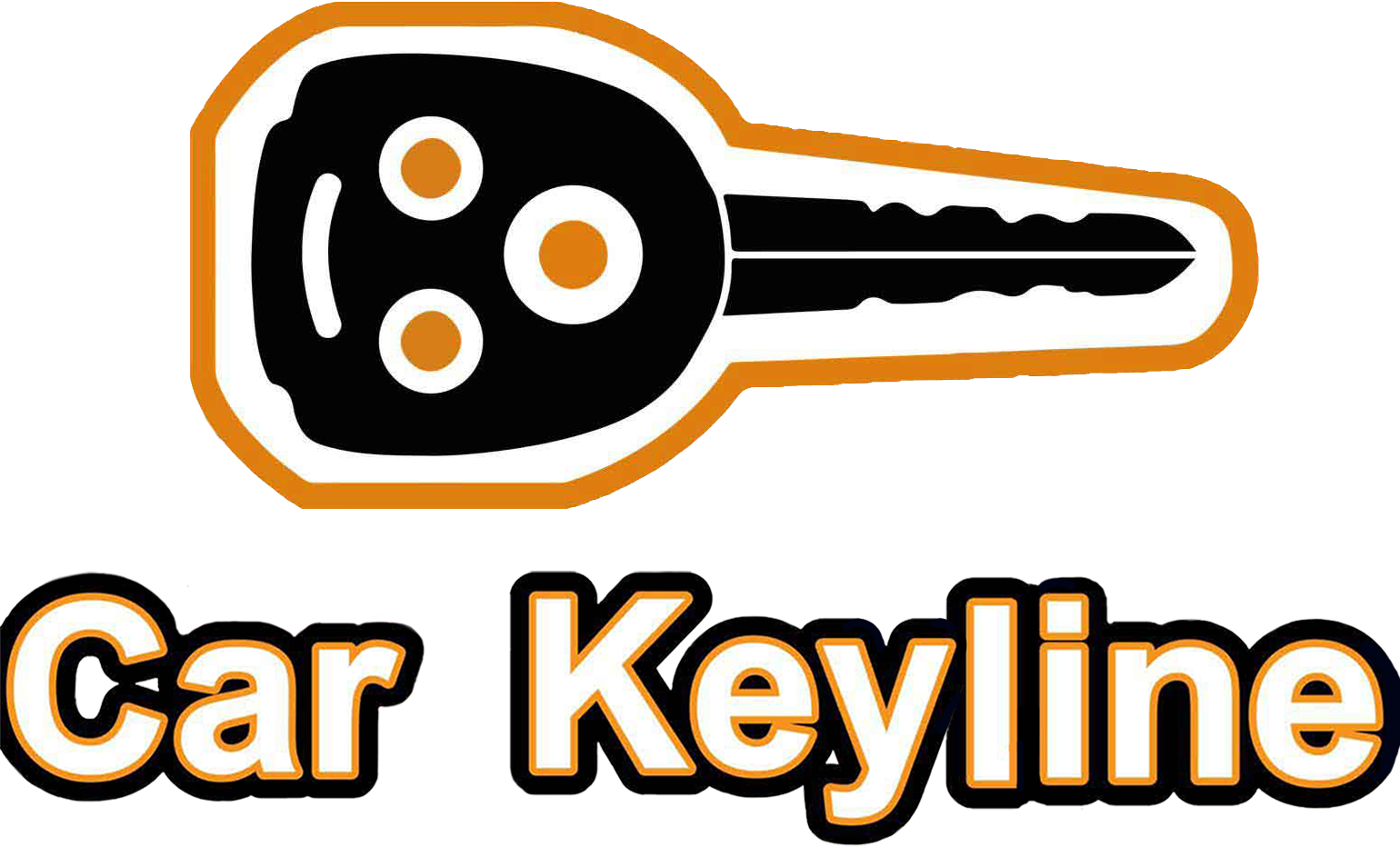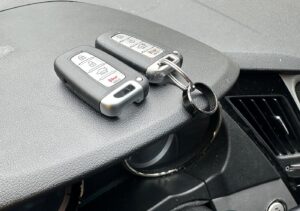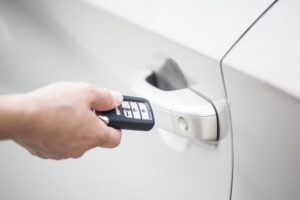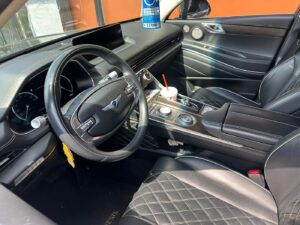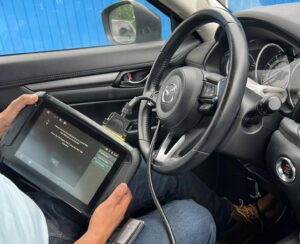You insert the key, turn it, and nothing happens. The door won’t open—no click, no movement, just stuck. It’s frustrating, especially when you’ve got places to be. Most people assume the worst: broken locks, electrical faults, or expensive repairs. But the truth? It could be something much simpler.
Car doors can stay shut for many reasons—cold weather, a drained key fob, a stuck latch, or even a blown fuse. This guide breaks everything down step by step, in plain English, so you don’t waste time or money guessing.
Before you call a mechanic or try to force the door open, start here. You’ll learn what to check first, how to fix common issues yourself, and when it’s time to call in a professional. Simple steps. Clear signs. No technical jargon.
Step 1 – Eliminate Simple External Causes
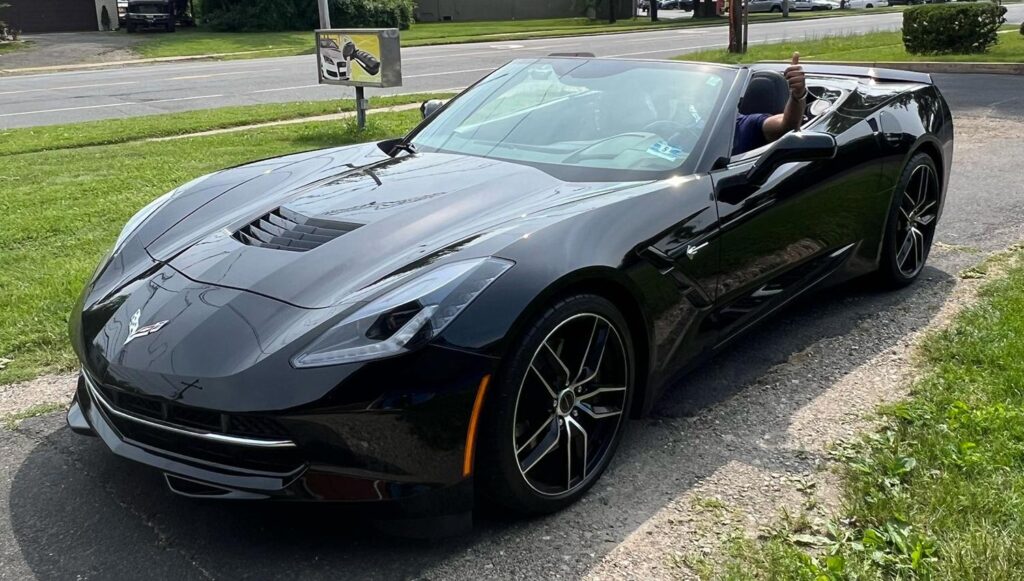
When your car door won’t open, don’t jump to expensive fixes—start simple. Weather and dirt cause more issues than most people think. Before assuming it’s your key or lock system, check for things you can clean or warm up fast. Here’s what to look for first when your door refuses to budge.
- Weather-related blockages: Extreme cold or freezing rain can lock your door shut. Moisture gets into the latch or seal, then turns solid. Use a water-displacing lubricant or warm water around the edges. A car cover in winter helps prevent this from happening again.
- Ice buildup in the latch: Frozen moisture inside the latch blocks it from moving. Try graphite spray or a silicone-based lubricant. Avoid hot water—it can refreeze and make it worse. Always dry it off completely.
- Cold seals sticking to the frame: Rubber seals freeze against the metal door frame. Gently pull, don’t yank. Use warm air from a hairdryer or pour lukewarm water around the seal, not boiling.
- Debris or dirt blocking the latch: Dust, leaves, or dried mud clog up the latch area. Use compressed air or a plastic-safe cleaner to remove buildup. Don’t force the handle—clean it first.
- Rust inside the keyhole or latch: Rust builds slowly but jams fast. Insert your key gently and check for resistance. Spray with a bit of graphite lube and work the key slowly to avoid breaking it.
- Poor maintenance over time: Sometimes, it’s just neglect. A simple monthly cleaning of the latch, seal, and keyhole with the right lubricant keeps things working smoothly, even in winter.
Step 2 – Inspect the Key and Fob
When your door doesn’t respond—even after using the key or remote—it’s time to check the tools in your hand. The issue might not be the car at all. It could be your key fob’s dead battery or a worn-out physical key. Here’s how to rule those out before assuming bigger problems.
Dead or low Fob battery
If your remote doesn’t unlock the doors or the buttons feel unresponsive, chances are the fob battery is dead. Try unlocking the door manually through the keyhole. If that works, it’s the battery. Replace it with a new one—most use flat coin cells, which you can find at any store. If replacing the battery doesn’t help, it could be time for a full key fob replacement to restore functionality.
Worn or damaged physical key
Keys wear down with time. The grooves can dull, bend, or warp—especially if it’s a duplicate. If your key doesn’t turn smoothly, try your spare. Still no luck? It may be time to cut a new one. Never force a key into a tight lock—it could snap off inside.
Step 3 – Mechanical Lock & Latch Failures
When the key and fob check out, it’s time to look inside the door. Mechanical issues are often the real reason behind a stuck car door. Broken latches, disconnected cables, or worn actuators can silently fail, leaving you locked out, no matter how many times you press the button or turn the key.
Some of these parts wear out over time. Others fail without warning. If simple fixes don’t work, you might be dealing with a deeper issue that requires professional car door lock repair to restore proper function. Here’s what to check if nothing else has worked so far.
Faulty Door Actuator
If you hear a click but the lock doesn’t move, your actuator might be done. This little motor inside the door controls the lock. When it fails, the lock won’t respond—even if the fob or key is working fine.
- Silent Clicks: You hear the sound, but nothing moves.
- Only One Door Works: One actuator fails while others still function.
- Lock Moves Slightly: Weak movement or delayed response means it’s wearing out.
- Fix: Replacement is usually needed. A mechanic can test and swap it.
- Don’t Force It: You could damage the lock or wiring.
Broken or Disconnected Door Cable
Your handle might feel fine, but if the cable inside is snapped or loose, it won’t open anything. This happens often in older cars or after DIY repairs.
- Loose Handle: The handle moves too easily with no resistance.
- No Sound Inside: Normally, you’d hear or feel the latch engage—here, it’s silent.
- Visible Slack: You might see the cable hanging if you open the door panel.
- Handle Moves, Door Doesn’t: Classic sign of a broken or unhooked cable.
- Call a Pro: You’ll need to open the panel and reconnect or replace the cable.
Step 4 – Electrical System Failures
When your car door stays locked, the problem might not be mechanical at all—it could be electrical. From blown fuses to alarm systems gone rogue, electrical issues can quietly kill your lock system without warning. If everything else checks out, this is where you look next.
Blown Fuse
A single blown fuse can shut down your entire power lock system. If your doors won’t respond to the fob or switch, check the fuse box. Use your manual to find the fuse tied to the locks. Replacing it is quick and cheap, and might be all you need to fix the issue.
Car Alarm Lockout
If your alarm system thinks someone’s breaking in, it can lock you out—even with the right key. This can happen after battery changes or random glitches. Try unlocking with your emergency key or resetting the alarm using the fob. If the alarm is stuck, it’s best to get help from a pro.
Car Door Won’t Open – What’s Likely the Cause?
| Symptom | Likely Cause | DIY Fix? | Call a Pro? |
| Key turns, but door won’t open | Broken latch or cable | ❌ | ✅ |
| Key turns, but the door won’t open | Failed actuator | ❌ | ✅ |
| Remote work, but one door is stuck | Ice in latch or seal | ✅ (warm air/lube) | ❌ |
| All doors are unresponsive to the remote/key | Blown fuse or alarm lockout | ✅ (replace fuse) | ✅ (alarm reset) |
| Key won’t turn smoothly | Worn key or dirty lock | ✅ (graphite lube, spare key) | ❌ |
When to Call a Professional
When nothing works and you’re out of options, don’t force it. Trying to pry or fix things without the right tools can lead to more damage. Some situations need professional hands. Here’s how to know when it’s time to stop guessing and call a certified locksmith or mechanic. A trained auto locksmith can identify and fix door lock problems on the spot without risking additional damage to your vehicle.
- Handle Moves, But Door Stays Shut
This usually means a broken latch or cable inside. If you’re not trained to remove door panels safely, call a pro. - Electrical Issues You Can’t Trace
Fuses, wiring, or alarm glitches aren’t DIY-friendly. A mechanic can scan for faults and fix them without guessing. - No Tools or Experience
If you don’t have trim tools, circuit testers, or safe unlocking gear, it’s best to leave it alone. - You Want to Protect Your Warranty
DIY tampering can void factory coverage. If your car is under warranty, always check before opening anything. - All Quick Fixes Have Failed
I tried the fob, spare key, and checked the latch, but there is still nothing. That’s when it makes sense to bring in someone trained for this.
FAQs – Quick Answers to Common Lockout Questions
Why won’t my car door open even though the key turns?
The latch or lock mechanism might be jammed, broken, or disconnected inside. Even if the key turns, nothing happens if the internal parts aren’t moving.
My key fob works on other doors, but not this one. Why?
That door likely has a worn actuator, failed wiring, or a mechanical fault. It’s common for one door to fail before the others.
Can cold weather stop a car door from opening?
Yes. Ice buildup can freeze the latch, seals, or locking parts. Lubricant spray and gentle warming help loosen things without damage.
Is it safe to fix a stuck door myself?
Only if you know what you’re doing. Forcing it can break parts or trigger alarm systems. If unsure, call a locksmith or mechanic.
How much does it cost to fix a stuck car door?
It depends. Lubricant is cheap. A broken actuator or lock can cost $100–$300 with labor. Calling a pro avoids costly guesswork.
Conclusion
A stuck car door isn’t just annoying—it can throw off your entire day. But now, you know where to start. From frozen seals to worn-out actuators or faulty fuses, every problem has a cause—and a fix.
Don’t guess. Don’t force. Go through each step calmly. Most issues can be handled with basic checks and tools. And if things feel out of your depth, don’t wait—call a certified locksmith or mechanic who knows how to fix it right the first time.
What matters most is staying calm and avoiding extra damage. A stuck door doesn’t have to mean an expensive repair—if you handle it smart. Bookmark this guide. Share it. The next time your door won’t open, you’ll know exactly what to do—and what not to do.
